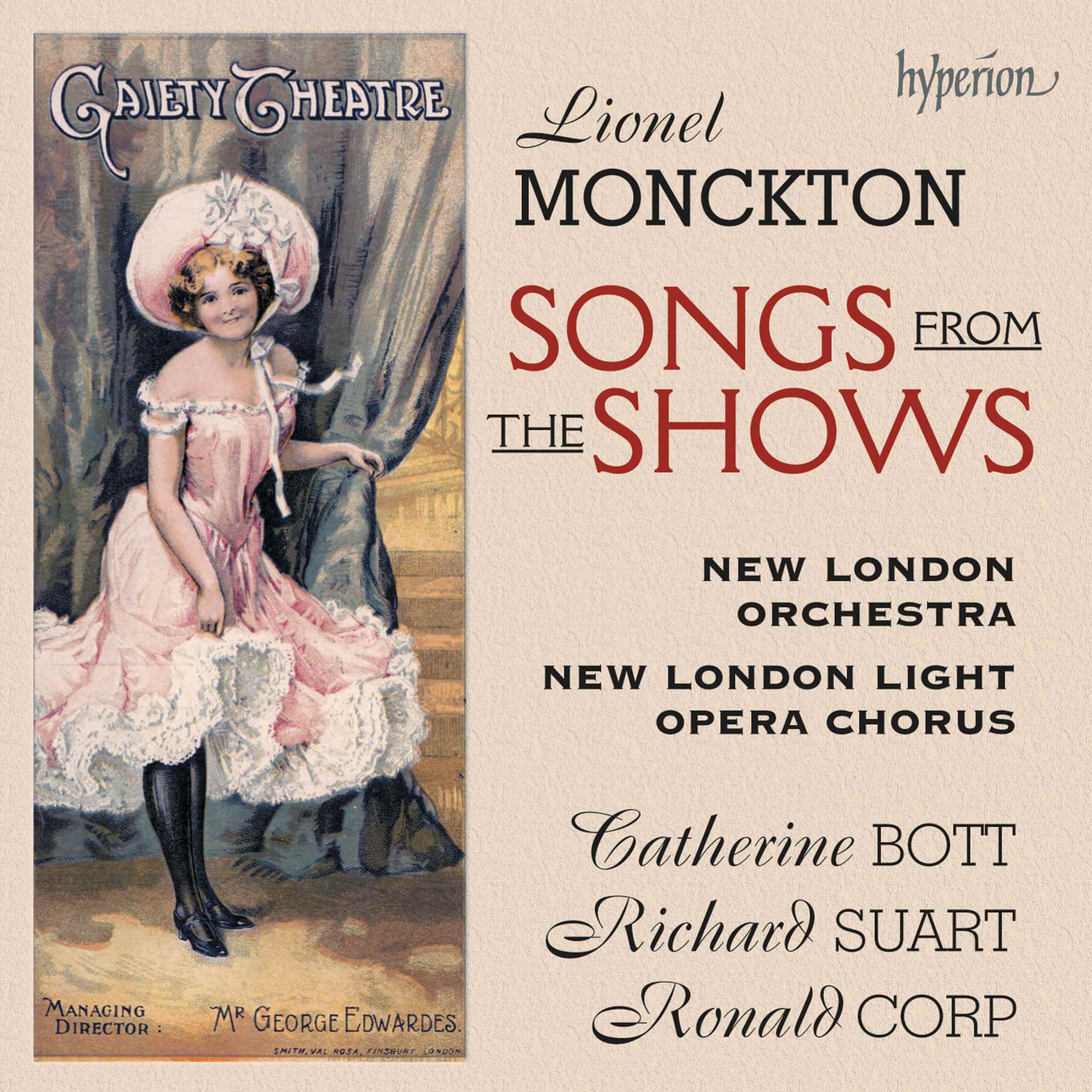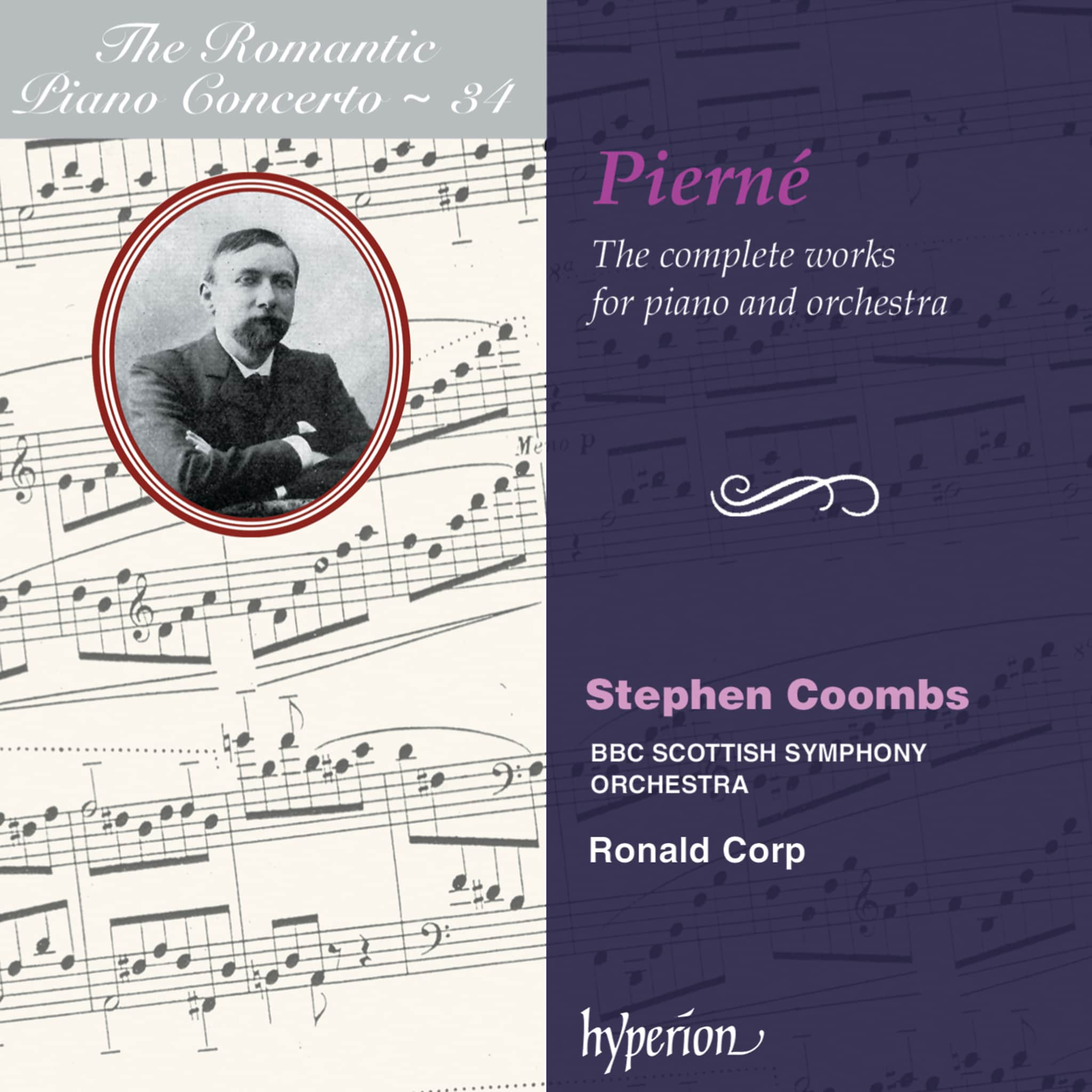Album insights
Im 15. Jahrhundert entwickelte sich Florenz zum Zentrum künstlerischer Anziehungskraft und wurde oft als "neues Athen" bezeichnet. Künstler aus ganz Europa, darunter Philosophen, Musiker, Maler und Architekten, kamen in diese Stadt. Heinrich Isaac, ein aufstrebender Sänger und Komponist, begann seine Laufbahn in Florenz mit Unterstützung von Lorenzo de' Medici, dem eigentlichen Machtträger der Stadt. In der Rolle als Sänger von San Giovanni engagierte sich Isaac nicht nur im liturgischen Bereich, sondern auch darüber hinaus.
Das Werk O decus ecclesiae verdeutlicht die Vielfalt seines musikalischen Schaffens. Die enge Beziehung zwischen Lorenzo und Isaac führte dazu, dass Isaac nach Lorenzos Tod Stücke wie Quis dabit pacem populo timenti? komponierte. Der Tod Lorenzos leitete eine Zeit der Unsicherheit in Florenz ein, weshalb Isaac am Hof von Kaiser Maximilian I. in Wien und Innsbruck neue Aufgaben übernahm.
Am kaiserlichen Hof bestand Isaacs Hauptverantwortung darin, die Hofkapelle mit einer Vielzahl liturgischer Werke zu versorgen. In diesem Umfeld entstand auch die bedeutende sechsstimmige Missa Wohlauff gut Gsell von hinnen, die Isaac kunstvoll ausarbeitete und die als herausragender Höhepunkt seines Oeuvres gilt.
Sein musikalisches Erbe lebte nach seinem Tod weiter; dies ist an vier Motetten erkennbar, die erst posthum überliefert wurden. Diese Kompositionen, die auf gregorianischen Cantus firmi beruhen, spiegeln Isaacs bleibenden Einfluss auf die liturgische Musik des frühen 16. Jahrhunderts wider. Verwurzelt in dieser Tradition, bleiben sie bis heute als eindrucksvolle Zeugnisse seiner Kunst erhalten.








